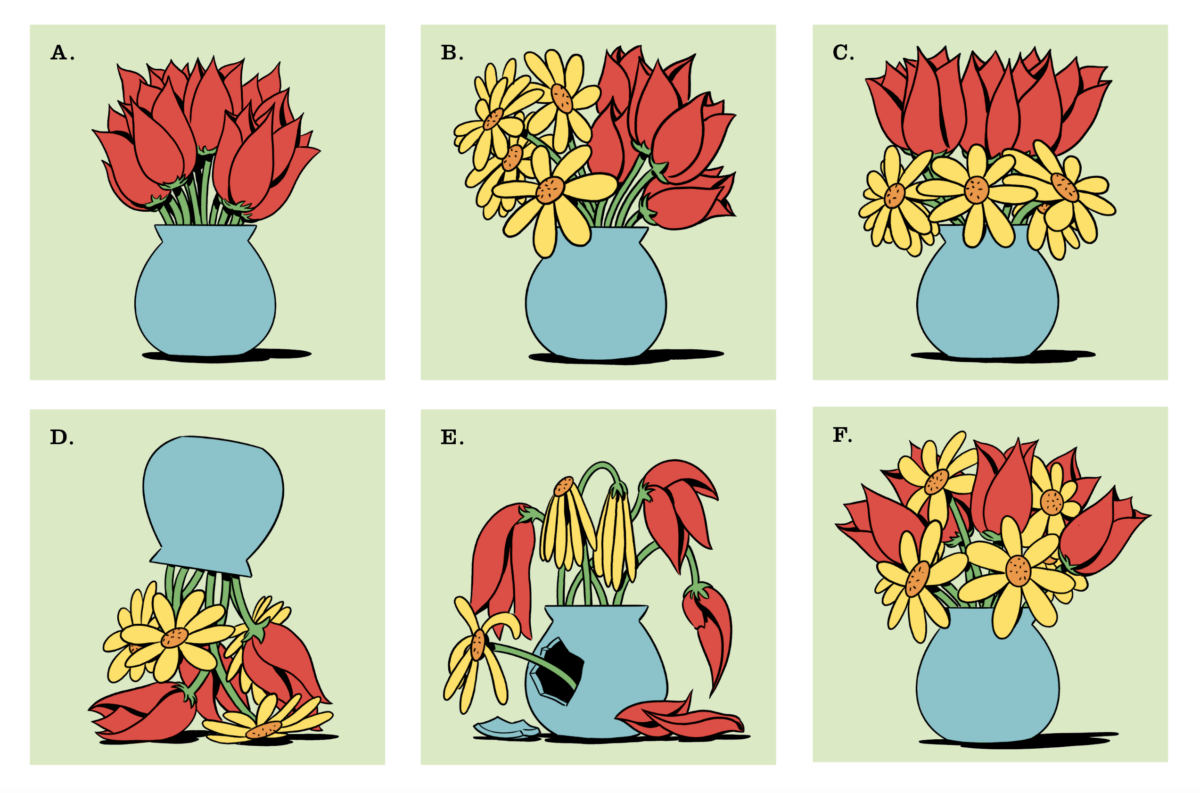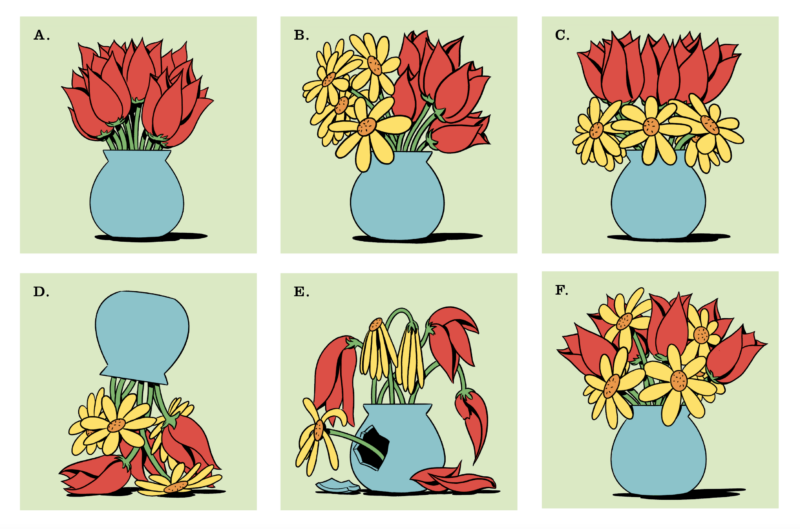
My grandmother’s advice: after you’ve put on your jewelry, remove one piece. Similarly, there are those who approach flower arranging by plunging an enormous bouquet into a big vase—undoubtedly impressive—then pulling out the heavy-headed peony, or the show-stealing rose, along with all but one stem of fern. Maybe every stem.
You have reached your article limit
Sign up for a digital subscription and continue reading all new issues, plus our entire archives, for just $1.50/month.
Already a subscriber? Sign in





